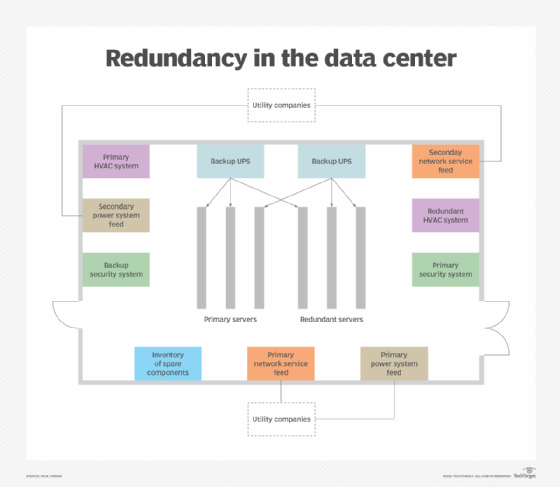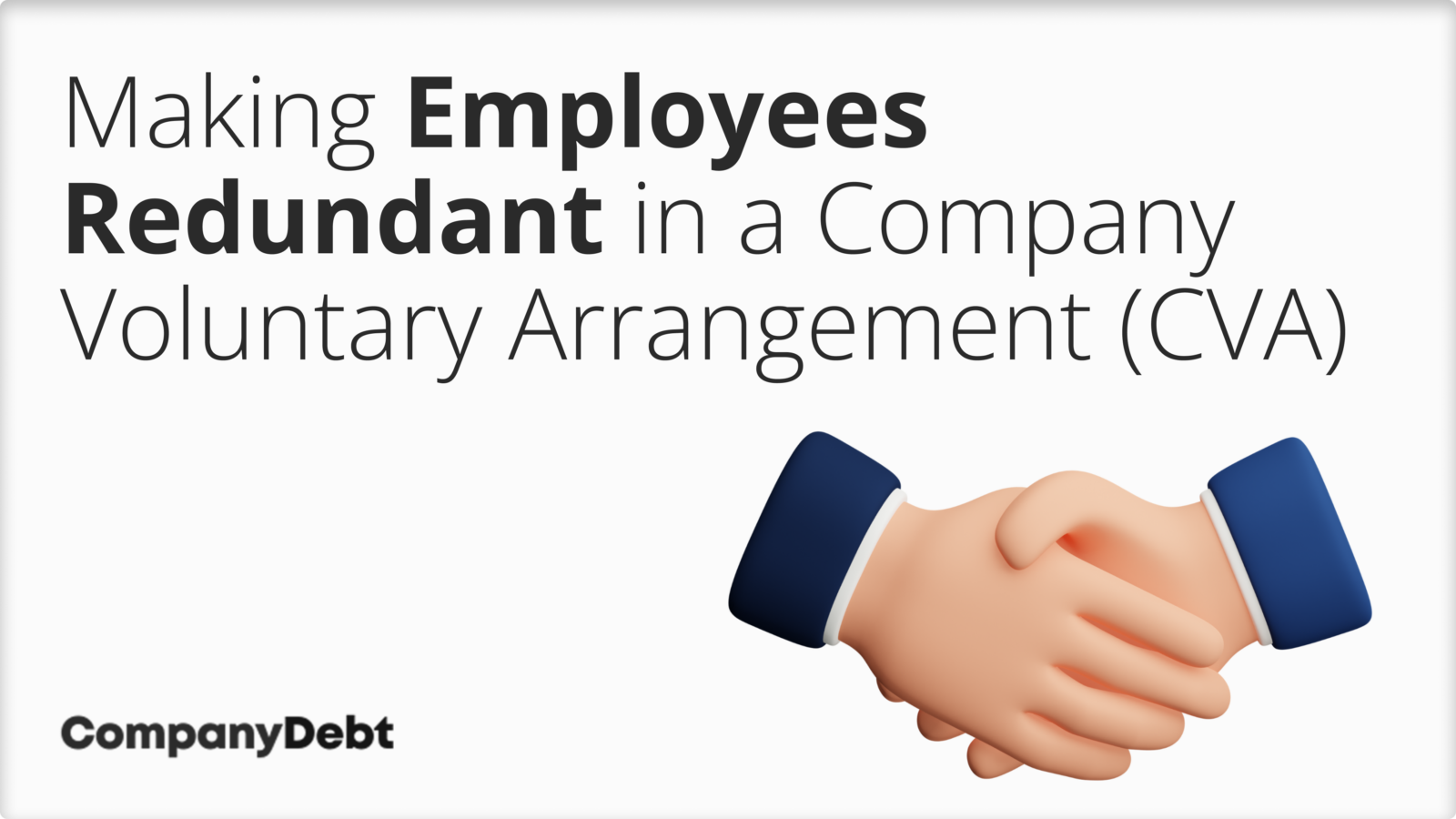Who Pays Redundancy Money? A Thorough Overview for Companies and Employees
Who Pays Redundancy Money? A Thorough Overview for Companies and Employees
Blog Article
Checking Out the Interaction Between Company Redundancy and Business Adaptability for Future Growth
In the dynamic landscape these days's organization world, the elaborate relationship in between firm redundancy and business flexibility emerges as an essential factor for continual growth and success. Business commonly deal with the challenge of striking a delicate equilibrium in between maintaining a degree of redundancy to reduce dangers and fostering adaptability to react promptly to the ever-evolving market needs. This fragile interplay holds the key to not only making it through in stormy times yet also growing despite unpredictability. As we check out the diverse measurements of this interaction, interesting understandings right into exactly how organizations navigate these intricacies to lead the way for future growth await.
Importance of Company Redundancy
Firm redundancy is a vital component that improves organizational durability and mitigates operational dangers. By including redundancy actions within the organizational structure, firms can much better hold up against unexpected interruptions and variations in the company environment. Redundancy acts as a critical buffer, allowing companies to adjust and respond efficiently to unforeseen obstacles without jeopardizing crucial procedures.
One secret element of the significance of firm redundancy is its duty in making sure connection throughout times of dilemma. When faced with abrupt modifications or emergency situations, repetitive systems, resources, or personnel can step in to keep essential functions and avoid widespread disruptions. This continuity not only safeguards the business's online reputation and customer depend on however additionally lessens financial losses and functional downtime.

Techniques for Business Adaptability

An additional vital approach is purchasing modern technology and facilities that can sustain adaptability and scalability. Carrying out digital tools, automation, and information analytics can improve operations, improve performance, and supply important insights for notified decision-making. Furthermore, developing adaptable business frameworks that enable quick modifications to market dynamics and customer needs is vital for staying affordable in a quickly progressing environment. By proactively recognizing prospective disruptions and possibilities, companies can proactively adapt and thrive in an ever-changing company landscape.
Harmonizing Redundancy and Versatility
Achieving an unified equilibrium in between operational redundancy and organizational versatility is critical in navigating the intricacies of a vibrant business environment. Redundancy within a company offers a safety and security net, ensuring connection and security in operations. Nevertheless, an extra of redundancy can cause ineffectiveness and prevent adaptability to transforming market conditions. On the various other hand, organizational versatility permits companies to react without delay to outside interruptions and seize brand-new chances. Striking the best balance between redundancy and adaptability is a delicate process that calls for a deep understanding of the organization's objectives, market dynamics, and threat advice tolerance.
To accomplish this equilibrium, firms need to conduct regular analyses of their operations to determine areas where redundancy is needed for threat mitigation and where flexibility can drive advancement and growth. Applying flexible structures, cultivating a culture of continual learning and enhancement, and encouraging open communication across all levels of the company are vital approaches to integrate redundancy and adaptability successfully. By aligning these 2 vital aspects, business can place themselves for lasting growth and success in an ever-changing business landscape.
Situation Researches on Adjustment Success
In checking out instances of successful organizational adjustment, it comes to be obvious that the interaction in between functional redundancy and adaptability is a defining element in forming resistant organizations. A DVD rental service, Netflix demonstrated impressive adaptability by transitioning into a streaming platform when digitalization interfered with the industry. These situation research studies emphasize the relevance of operational redundancy paired with organizational versatility in cultivating long-term growth and competition.
Structure Resilience for Future Development
Structure strength for future development calls for a critical placement of functional procedures with market characteristics and arising fads. Firms have to adjust to altering settings by fostering a society of adaptability, advancement, and continual enhancement.
Furthermore, fostering solid connections with stakeholders, such as consumers, workers, providers, and the community, is essential for keeping and weathering uncertainties depend on and support during stormy times. Efficient interaction and transparency play an important duty in building durability, as they aid line up assumptions and facilitate partnership in browsing unpredictabilities.
Additionally, companies require to prioritize knowing and growth initiatives to upskill workers and outfit them with the necessary tools to redundancy if company goes bust adapt to altering conditions. By investing in their workforce, business can boost their flexibility and agility, eventually reinforcing their strength for sustainable future growth.
Final Thought

In the vibrant landscape of today's anonymous company globe, the intricate connection in between business redundancy and business adaptability arises as a crucial aspect for sustained growth and success. Business often deal with the obstacle of striking a delicate equilibrium in between maintaining a level of redundancy to minimize risks and promoting flexibility to react swiftly to the ever-evolving market demands.To attain this equilibrium, companies need to perform normal assessments of their operations to determine locations where redundancy is necessary for risk mitigation and where versatility can drive technology and growth.In conclusion, the interplay between business redundancy and business flexibility is crucial for future growth. Building durability with a mix of redundancy and flexibility will certainly ensure that companies are prepared for the challenges of the future.
Report this page